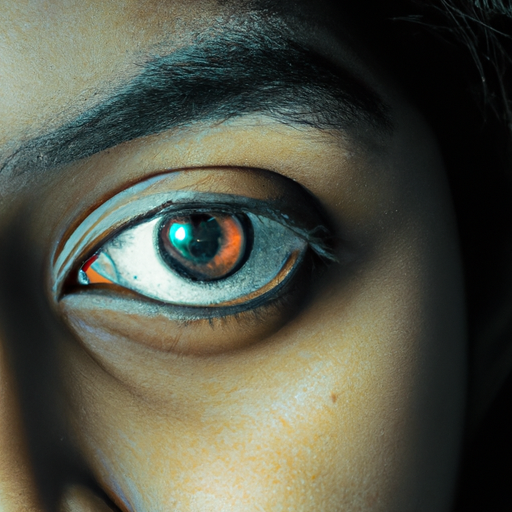As a medical professional, I often encounter patients who are deeply concerned about the dark circles under their eyes. These shadows can make a person look tired, older, and less healthy than they actually are. However, it’s important to understand that dark circles are not necessarily indicative of a serious health problem. They can be caused by a variety of factors, including genetics, lack of sleep, aging, and lifestyle habits. In this article, I will provide a comprehensive guide to understanding and treating dark circles under your eyes.
Firstly, it’s crucial to understand what causes these dark circles. The skin under our eyes is incredibly thin and delicate, making it more transparent and prone to showing the blood vessels underneath. As we age, we lose collagen and fat in this area, making the blood vessels even more visible. Additionally, factors like lack of sleep, excessive alcohol consumption, smoking, and prolonged exposure to digital screens can exacerbate the appearance of dark circles.
The first step in treating dark circles is to address any underlying lifestyle factors. Ensure you are getting enough sleep – adults typically need between seven and nine hours per night. Regular exercise can also help improve circulation and reduce puffiness under the eyes. Hydration is key as well; drinking plenty of water can help flush out toxins and reduce the appearance of dark circles.
Diet also plays a crucial role in skin health. Consuming a balanced diet rich in fruits, vegetables, lean proteins, and healthy fats can provide the necessary nutrients for skin repair and rejuvenation. Foods rich in vitamin C and E, as well as antioxidants, can help strengthen blood vessel walls and reduce the visibility of dark circles.
Skincare is another vital aspect of treating dark circles. Regular use of a good quality eye cream containing ingredients like retinol, vitamin C, and hyaluronic acid can help improve skin elasticity and brightness. Always remember to apply these products gently to avoid causing any damage to the delicate skin under the eyes.
In some cases, dark circles may be hereditary or due to structural issues, such as deep tear troughs. In these instances, cosmetic treatments may be considered. These can include fillers to plump up the under-eye area, laser therapy to reduce pigmentation, or even surgical procedures for more permanent solutions.
However, it’s important to remember that everyone has some degree of darkness under their eyes – it’s a natural part of our facial anatomy. The aim should not be to completely eliminate these shadows but rather to improve their appearance so that they don’t detract from your overall look.
In conclusion, treating dark circles under the eyes requires a comprehensive approach that includes lifestyle modifications, a balanced diet, proper skincare, and in some cases, cosmetic treatments. It’s always best to consult with a healthcare professional or dermatologist to determine the most appropriate treatment plan for you. Remember, the goal is not perfection, but rather a healthier, more refreshed appearance.




